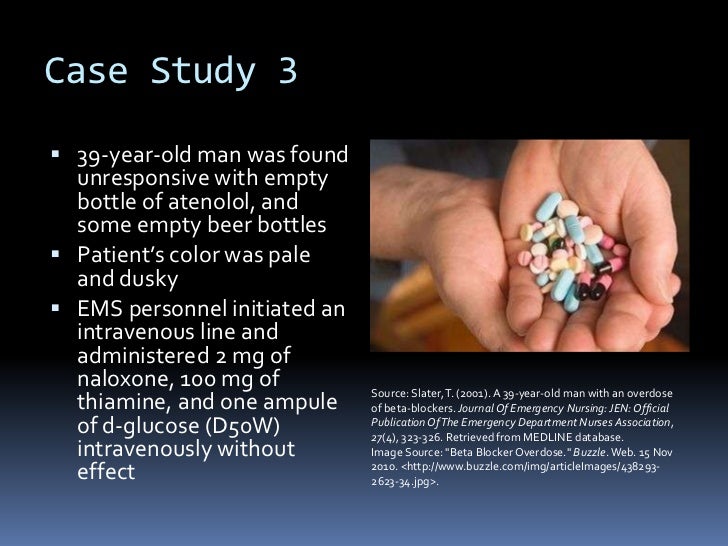
The primary indicated use is to decrease peristalsis during abdominal vascular procedures such as treating esophageal varices and other GI bleeds. Glucagon's role in gastrointestinal imaging is to induce bowel and upper gastrointestinal tract hypotonia, which permits more precise visualization for studies and procedures this is the same mechanism by which it helps esophageal food boluses pass. Glucagon is FDA approved as a diagnostic aid in imaging of the GI tract. Glucagon is a reliable method of raising the patient's glucose and relieving severe hypoglycemia long enough for more definitive correction of the patient's glucose levels by mouth, particularly when IV access is unavailable to the provider or has failed. IV glucose also runs the risk of severe tissue necrosis in the setting of IV medication extravasation. Patients with decreased levels of consciousness cannot safely consume the oral carbohydrates needed to raise their blood sugar without risk of aspiration, and obtaining IV access can be problematic in the diabetic population, which can prevent prompt administration of IV glucose. Glucagon has attractive traits in the diabetic population due to its simplicity of use and safe administration, not requiring patent IV access. Severe hypoglycemia is a life-threatening event treated with oral carbohydrate intake, IV glucose, or glucagon by various routes. It is FDA approved for the treatment of severe hypoglycemia.

Glucagon is a polypeptide hormone commonly used in the treatment of severe hypoglycemia.


Glucagon is a medication used to manage and treat hypoglycemia as an antidote to beta-blocker and calcium channel blocker overdose, anaphylaxis refractory to epinephrine, and aid in passing food boluses.


 0 kommentar(er)
0 kommentar(er)
